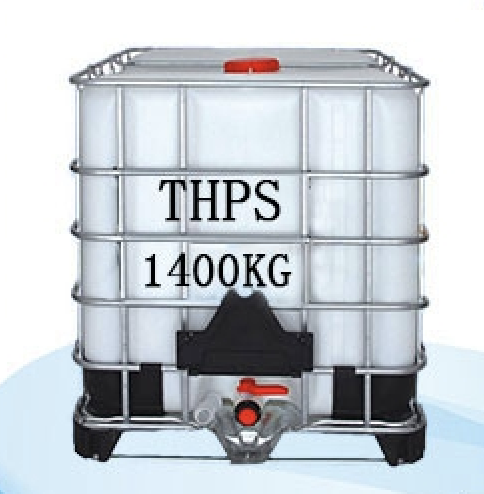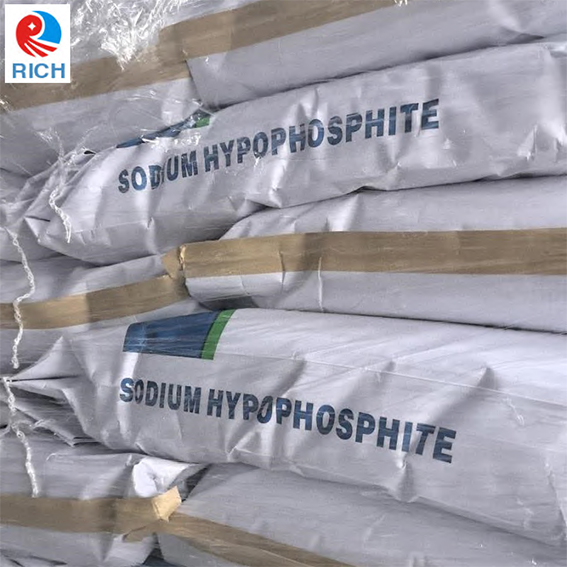Durable flame retardant for textile, THPC and THPC-U
Durable flame retardant for textile, THPC and THPC-U is well-known by Proban processing, finished fabric can hold favorable retardancy after 50 times washing, the fire retardancy of finished fabric can reach B1 grade according to GB 17591—2006.
PROBAN is a durable flame retardant for post-treatment of cellulose fibers and their blends. Its main chemical component is tetrakis hydroxymethyl Phosphonium chloride (THPC). The process of using PROBAN is: dip rolling drying ammonia fumigation oxidation water washing.
For more information pls contact us: wuting@shrichgroup.com, mob/whatsapp: +86 13166102802
Durability of PROBAN Flame Retardant Fabric
PROBAN flame retardant is a small water-soluble molecule at first, so it is easy to immerse into cellulose fibers After ammonia fumigation, small RORAN molecules immersed in the cellulose fiber are cross-linked into water-insoluble polymer molecules, which are permanently stuck in the fiber.
After PROBAN treatment, the content of phosphorus (P) and nitrogen (N) elements in the fabric can be accurately tested to determine how much PROBAN flame retardant is on the fabric. Changes of P and N values of pure cotton sheets treated with PROBAN during 200 times of washing. In the previous washing, the P and N values decreased significantly, because the PROBAN polymer on the surface of the fabric was washed away, while in the subsequent washing, the P and N values decreased very little, which was caused by the wear of the fabric during the washing process. However, it was not appropriate to use the washing powder containing soap powder after washing. The use of sodium hypochlorite bleach should also be avoided.
In a word, as long as the precautions for washing are followed, the flame retardancy of the fabric treated with PROBAN will effectively maintain its long-term flame retardancy.
Suggested Formulation:
270 - 650 g/l THPC-U
20 - 60 g/l Softener
2 - 4 g/l AEO
Rolling liquid rate: about 80%
Drying: 100 - 130 ° C
Processing:

Recommended Posts
-
biocide THPS75%, widely used in oil drilling field and water treatment field. Package: 1400kg/IBC, 18IBCs/20'FCL 250kg/Drum, 4 drums/pallet, 80drums/20'FCL
-
the overseas team including their boss, technical engineer and purchase manager visited our Phosphates factory which mainly manufacture Yellow phosphorous, sodium hypophosphite (SHPP), Tetrakis Hydroxmethyl phosphonium sulphate (THPS), Tetrakis Hydroxmethyl phosphonium Chloride (THPC), Tetrakis Hydroxmethyl phosphonium Chloride -Urea(THPC-U), etc.
-
Sodium Hypophosphite ull name: Sodium Hypophosphite Monohydrate Abbreviation: SHPP / HYPOCAS: 10039-56-2Formula: NaH2PO2•H2O For expert suggestions or technical questions pls contact wuting@shrichgroup.com, mob/whatsapp/wechat: +86 13166102802, Tel: +86 21 69130117 To know the sodium hypophosphite price trend in 2025, we need to know its main raw material: yellow phosphorous (YP). YP price accounts for 70% of the production costs of SHPP. its related product:THPS, Tetrakis(hydroxymethyl)Phosphonium Sulfate price. Because one of THPS raw material is PH3, deadly poisonous, which is produced in the production of SHPP. So when THPS price is at high level, SHPP price is at relatively low level; When THPS price is going down, SHPP price will rise. The supply and demand: same as other products, when t...












